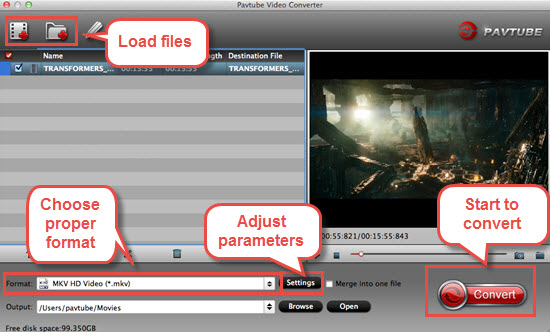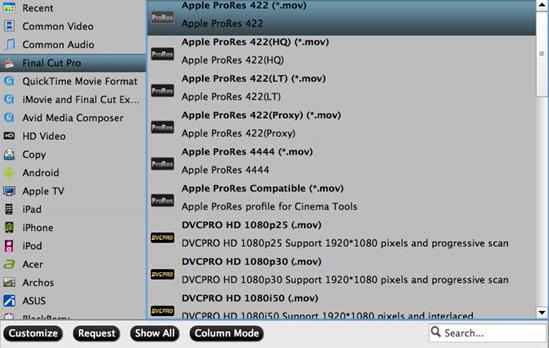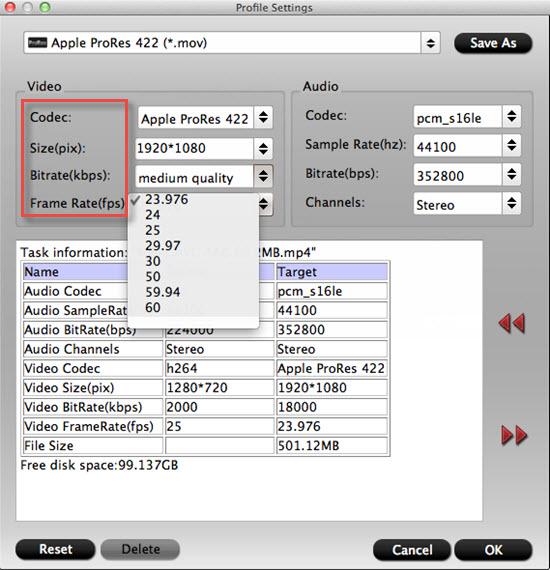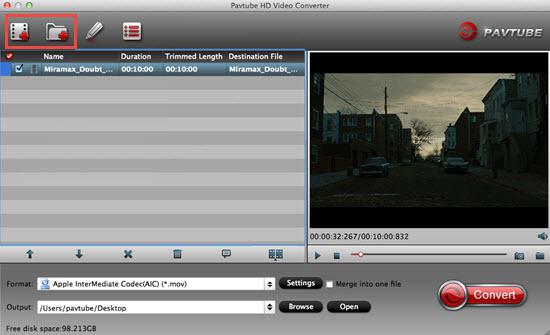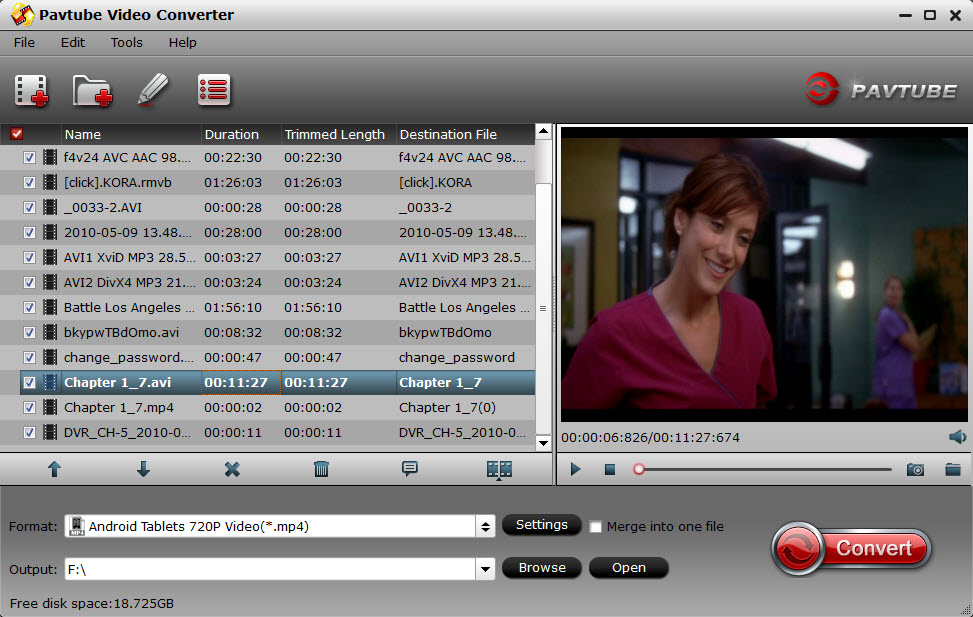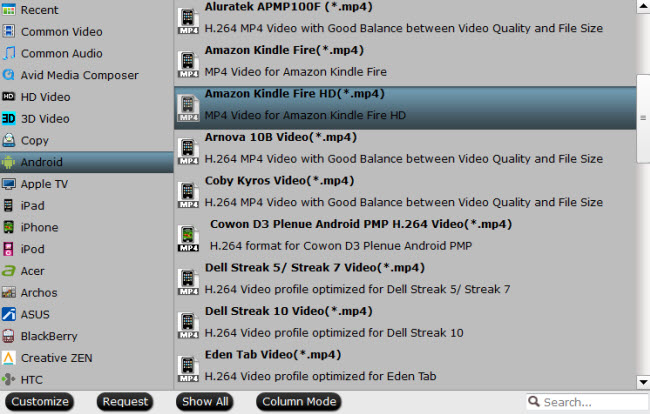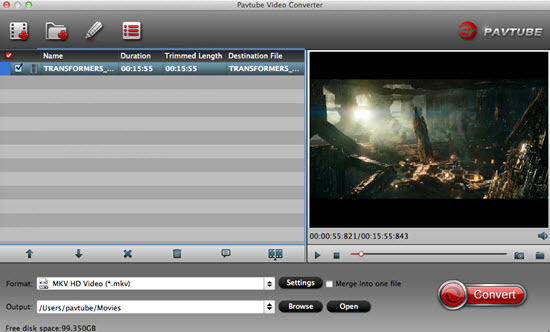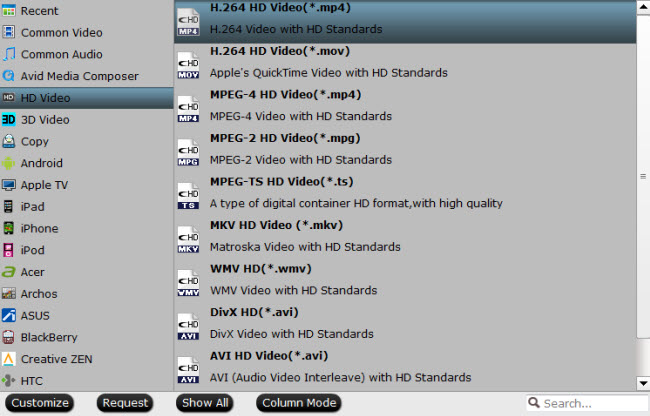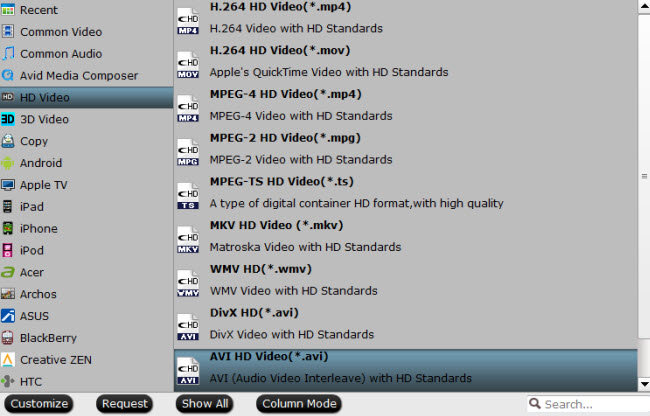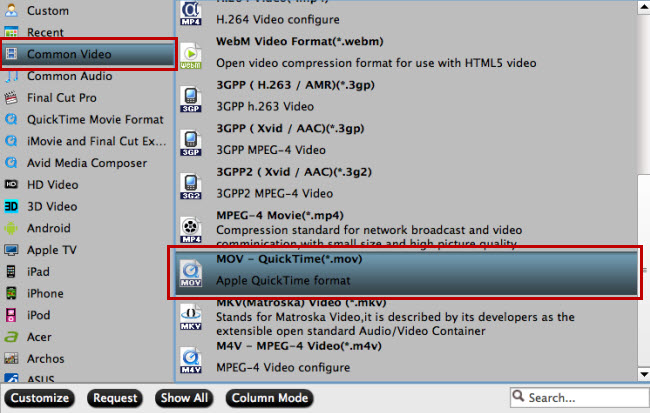Legendary open source video playback application VLC — widely known for compatibility with a huge number of file formats — received a noteworthy update today. Version 2.1 includes improved audio processing, including proper and complete support for surround sound output. But most notably, this is the first version of VLC to offer 4K playback, though it's still in its preliminary stages. It's still incredibly difficult to find videos at such high resolution, but with a number of 4K TVs and monitors on the market there is certainly some interest.
VideoLAN has also updated its Android and iOS ports of VLC, with the former now offering support for far more devices than in the past. There are also new "partial ports" of VLC for Windows Phone 8, Windows RT, and the "Metro" interface in Windows 8 and 8.1. Among a list of improvements, video playback itself should be tightened up on mobile devices.
In order to play them easily with VLC, converting 4K to 1080P is a good choice to make 4K video more compatible and keep HD quality. How to convert/compress 4K videos to common used video formats?
Pavtube Video Converter is capable of converting any UHD 4K video to 1080P or other HD formats. Besides changing resolution from 4k to 1080P, you can also transcode between all video and audio formats and set any resolution value you like. The following will introduce a step by step guide on how to convert 4K Ultra HD video to 1080P with Pavtube Vdieo Converter.


Compress 4K Ultra HD Videos to 1080p without Quality Loss for VLC
Step 1: Import 4K video footage.
Launch the app on your computer, click the "Add Video" or "Add folder" icon to import source 4K files to the program.
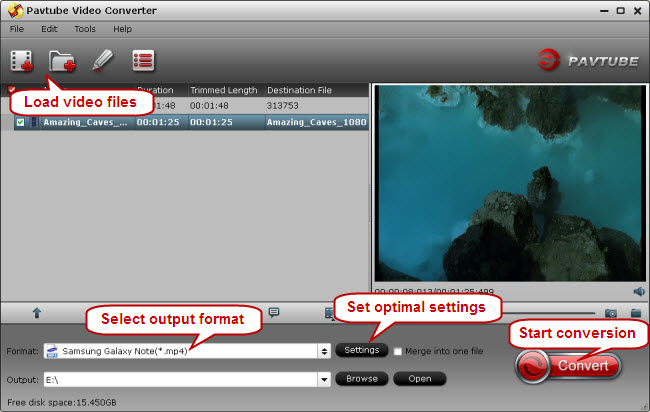
Step 2: Set output file format.
From "Format" bar drop-down list, choose the output format according to your own needs. For example, you can choose "HD Video" > "H.264 MP4" as your desired output format for watching on VLC.
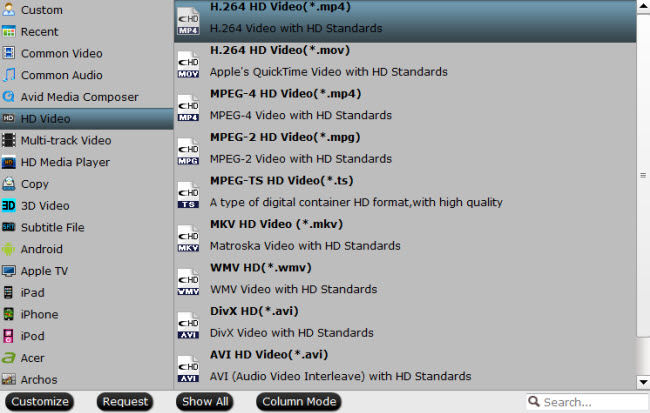
Step 3: Compress 4K to 1080p.
Open "Profile Settings" window, from "Size(pix)" drop-down list, select "1920*1080" as the final file resolution.
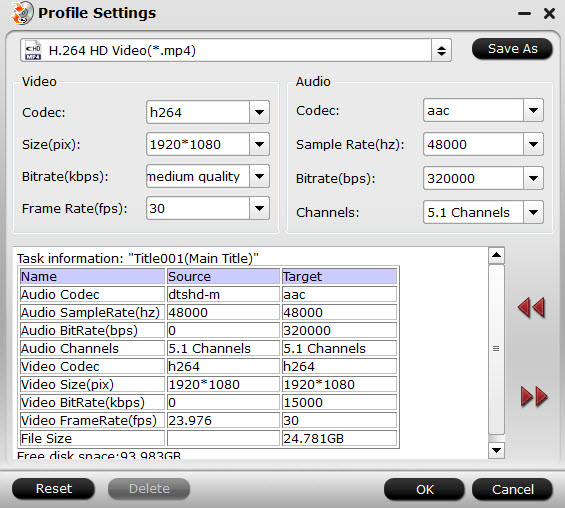
Step 4: Start 4K video footage compressing process.
Hit right-bottom "Convert" button to start to downscale 4K video to 1080p. The conversion will start automatically with a progress bar.
You can find the generated files when the conversion is over by hitting "Open output folder" button. Then enjoy a more smooth video playback on VLC or other portable devices.
Read More:

